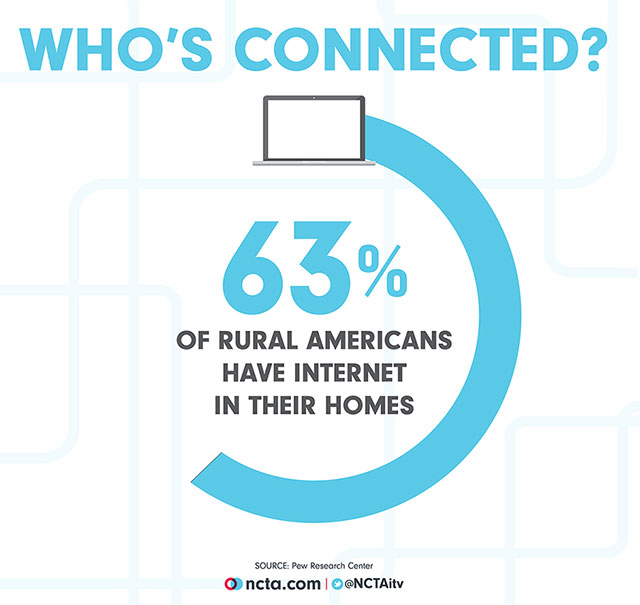Americans nationwide—whether they live in busy cities or remote towns—rely on connectivity for entertainment, to stay up to date on the latest news, communicate with others in real time, and conduct business. But for a good portion of the country where the closest neighbor is miles away and the terrain is hazardous, the challenges of bringing high-speed internet, let alone the gigabit speeds of the future, are significant.
That’s why ISPs have been working so hard to connect these most remote regions. Currently, nearly 63 percent of Americans in rural regions have a broadband internet connection in their home, up from about 35 percent in 2007, according to Pew Research Center. And in the past several years, internet service providers have deployed gigabit speed networks everywhere from the arctic circle to small communities in Kansas, and more.
As ISPs continue their efforts to bring high-speed networks to every U.S. household, America’s rural residents will take advantage of the latest advancements in technology like virtual reality, augmented reality, distance learning and telehealth, allowing them to better their lives in every way possible.
To learn about how ISPs are touching some of the most remote areas on the map—from education to healthcare to the economy and more—visit NCTA’s web page dedicated to connectivity in rural America: https://www.ncta.com/rural









